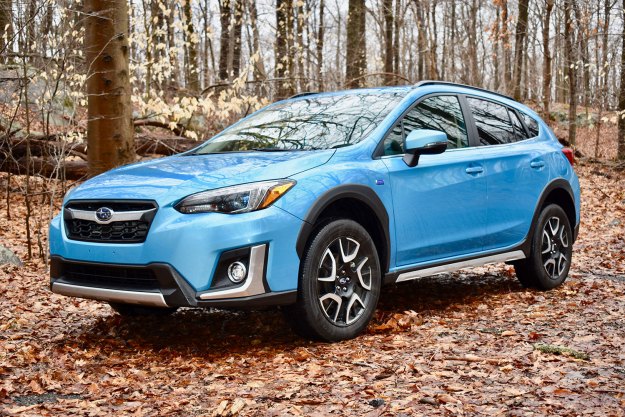The Subaru BRZ and Scion FR-S – the Toyota GT86 for people in futbol parts of the world – might be headed to an early grave. The partnership between Subaru and Toyota is at risk … thanks to those meddling Germans.
Toyota is already in the process of developing what might a new Supra alongside the evil performance geniuses at BMW, and according to Australia’s Drive.com the successor to the FR-S might also be a product of this partnership.
Nothing is clear yet, but when the head engineer of both the current FR-S and the new Supra, Tetsuya Tada, it is a real possibility. Tada explained that a partnership with BMW on a new FR-S “Is one possibility… but not nothing is decided yet.”
While it is has been almost universally loved by the press and the people who have actually purchased it, the FR-S and BRZ have been something of a sales disappointment. As both closely related vehicles head into a midlife refresh sometime in 2015, the question is whether improvements – most likely in the form of added power – will bring sales up to expectations.

Ideas on the table include a larger displacement engine, turbocharging, improved exhaust and altered transmission ratios. Not to mention the insane performance mods now being offered by Cosworth.
Regardless of what interim measures are taken to refresh the FR-S, Toyota has big plans for the next generation.
Tada said that “Maybe the next generation [FR-S] must have some kind of eco technology like racing hybrid. We raced at Le Mans with this and that is the reason why we challenge ourselves with this technology.”
The racing hybrid system uses lighter supercapcitors that can briefly store large quantities of energy rather than the heavy batteries currently used in most hybrids.
What this means for Subaru is unclear, the original development agreement dictated a limited sales run for the BRZ, but the company may be able to use the platform and technology for other vehicles. And, even if it is indirect, Toyota has an interest in making that happen. Toyota is a 20 percent stake holder in Fuji Heavy Industries, Subaru’s parent company.
Even if the news isn’t good for Subaru, it may be good for the consumer. A lightweight, low cost sports car developed by BMW could be something truly fantastic; even if it cuts short the life of the wonderful and interesting Scion FR-S.
Editors' Recommendations
- The best sports cars
- Subaru Crosstrek vs. Subaru Outback
- Electric SUV co-developed by Subaru, Toyota may not appear until 2025
- 2020 Subaru Impreza gets new look and more tech without the inflated price tag
- Subaru and Toyota will keep working together to create sports cars and hybrids


